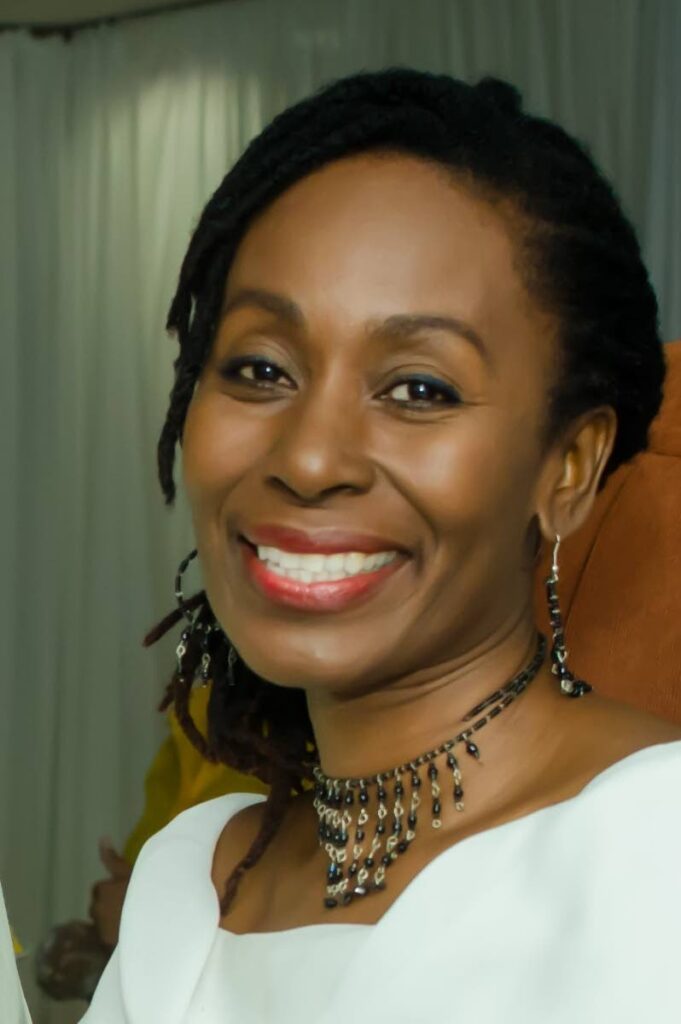Building schools for our future

Dara E Healy
What shall be the legacy that we leave behind
Will there be follies and fallacies
To deceive their minds
Will we give them tools
So we could empower them
Or let them be fooled for evil to devour them
Them is we children
And we have to build them
– Mistah Shak, Generation Next
IN PRIMARY school I remember feeling that something was not quite right with how my school was set up, but at the time I did not have the knowledge or the maturity to fully articulate my thoughts.
High school revealed what the issues were. Now I had my own desk, clean bathrooms with mirrors, grounds to walk in or play sports and benches where I could sit and relax under a tree with a book.
Many years later, as we began to implement our arts-based programmes in schools, I realised that by comparison my primary school was pretty decent. As for my high school, well, it was a paradise.
As we continue to have conversations about the kind of nation we want, the physical condition of schools should be integral to our self-examination. This week, news headlines focused on a few schools with problems ranging from structural issues to cleanliness and a rat infestation.
No doubt the authorities responsible for these issues will take the necessary actions to rectify the situation.
However, it occurred to me that although there is a vibrant national discussion about reforming and decolonising our education system, the ministry responsible for such transformation remains silent on any significant policy changes.
There is considerable research on the impact of physical work conditions on the productivity and even mental health of employees. An article by the Harvard Business Review points out that workplaces “unwittingly shape our professional identities – who we were, who we are, and who we aspire to be as workers. Our identities become intertwined with our workplaces as we accumulate milestones, memories, and life-shaping experiences in them.”
This assertion is similar when it comes to school environments. Designers of institutions of learning need to consider not only the physical structure of a school, but also the location, lighting, ventilation, access to the outdoors, even the type of furniture used. These impact not just productivity, but the mental well-being of the children who will eventually use the buildings.
I have written previously about the fact that too many schools are crammed into our capital city and urban centres. Apart from the reality that they are largely monuments to concrete, we may want to consider that in the 21st century this model no longer serves our education needs.
Our capital city, already fraught with challenges, becomes a nightmare of immovable traffic every morning and afternoon. This reality, when added to intensifying heat, dust and lack of natural vegetation, should cause those in authority to ask, “Is this what we really want for our children and parents?”
Perhaps there seems to be so little interest in overhauling the way we educate our children because the focus is still largely on passing examinations and moving up the levels of the education ladder. At its most basic, literacy is defined as the ability to read, write and do simple arithmetic. However, educators have long recognised the need to move beyond this.
In commemoration of International Literacy Day happening tomorrow, the UN has chosen the theme "Promoting multilingual education: Literacy for mutual understanding and peace." Globally, literacy now includes digital skills, understanding sustainability, literature, history, the arts, and what the UN calls global citizenship. Education for the future must provide students with the ability to engage in critical thinking and make connections between what they are learning and their contribution towards building our nation.
My former high school should not represent a unique oasis in the city where bright little girls go. This should be the standard for all schools and not solely for reasons of education. While we tinker with a flawed education system, more young people are being sucked into a life of gangs, drugs and crime. I was almost in tears reading the latest UN crime report on TT, which highlights that “half of gang members are aged 19-25 and half are over 25.”
Our children are in trouble and they urgently need us to transform a system that no longer serves them. As Mistah Shak and others continuously warn, “Them is we children. We have to build them.” We must.
Today I honour Roy Cape, who mentored young people throughout his life. Play on, humble genius.
Dara E Healy is a performing artist and founder of the Indigenous Creative Arts Network – ICAN

Comments
"Building schools for our future"